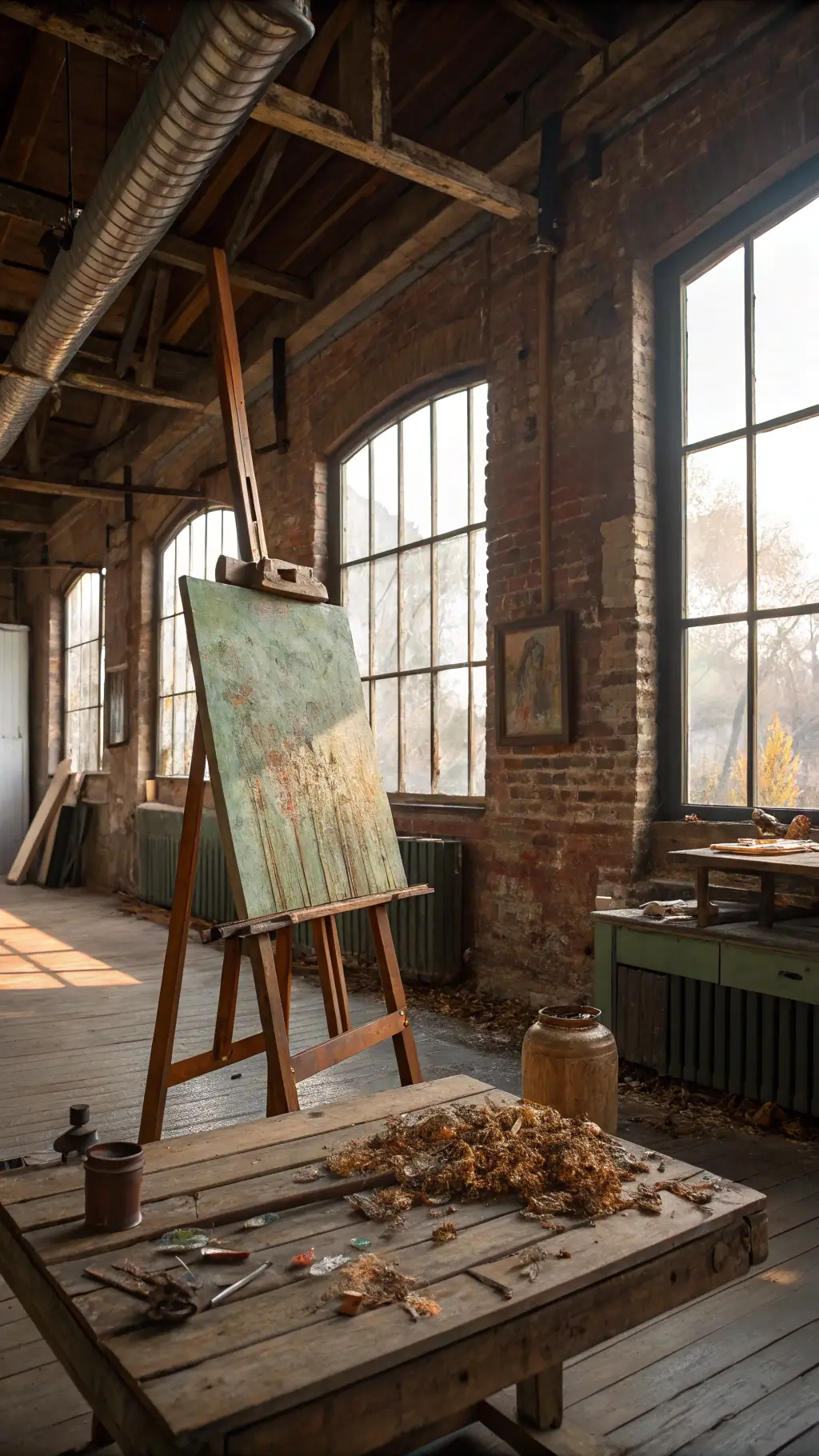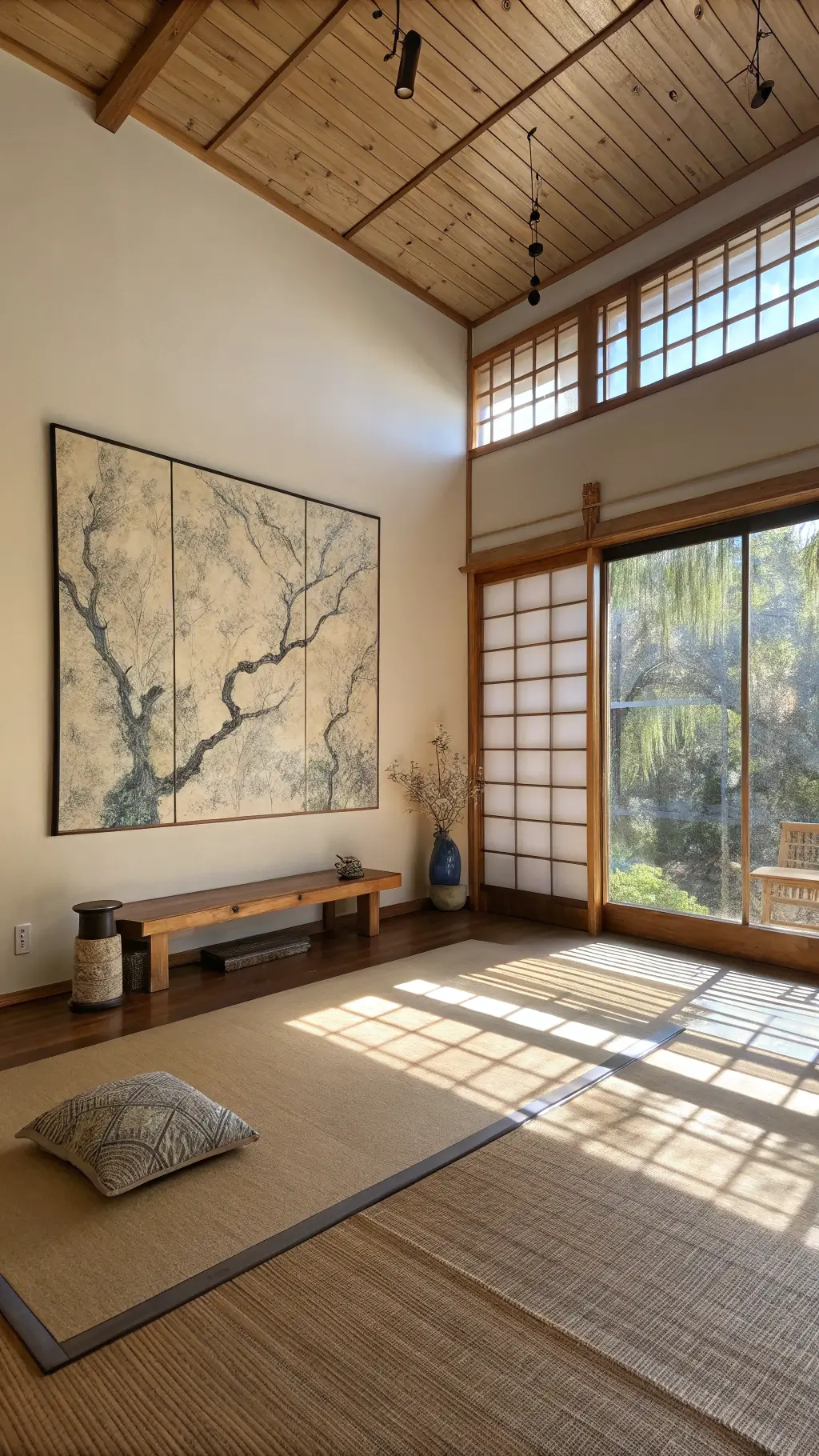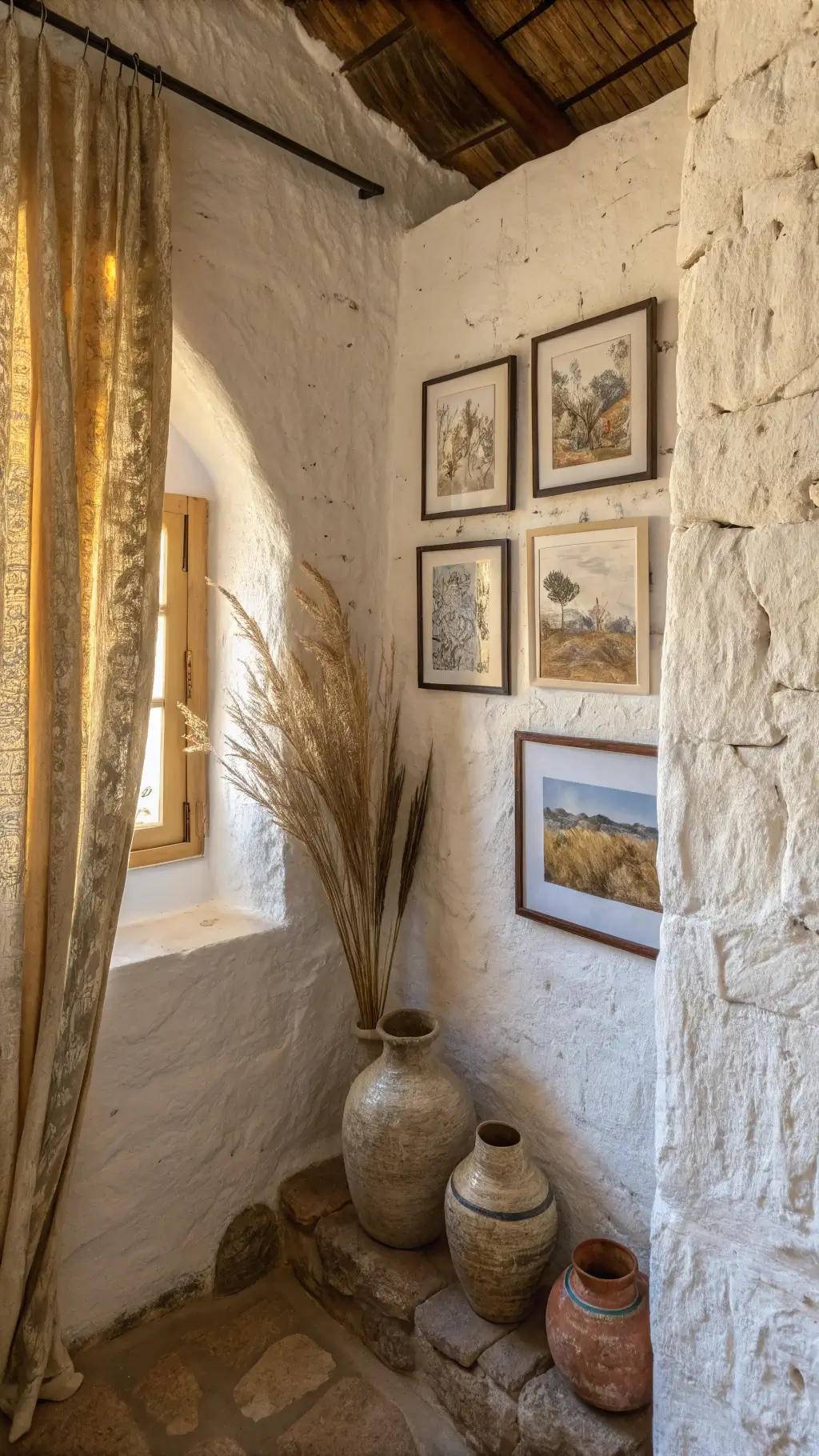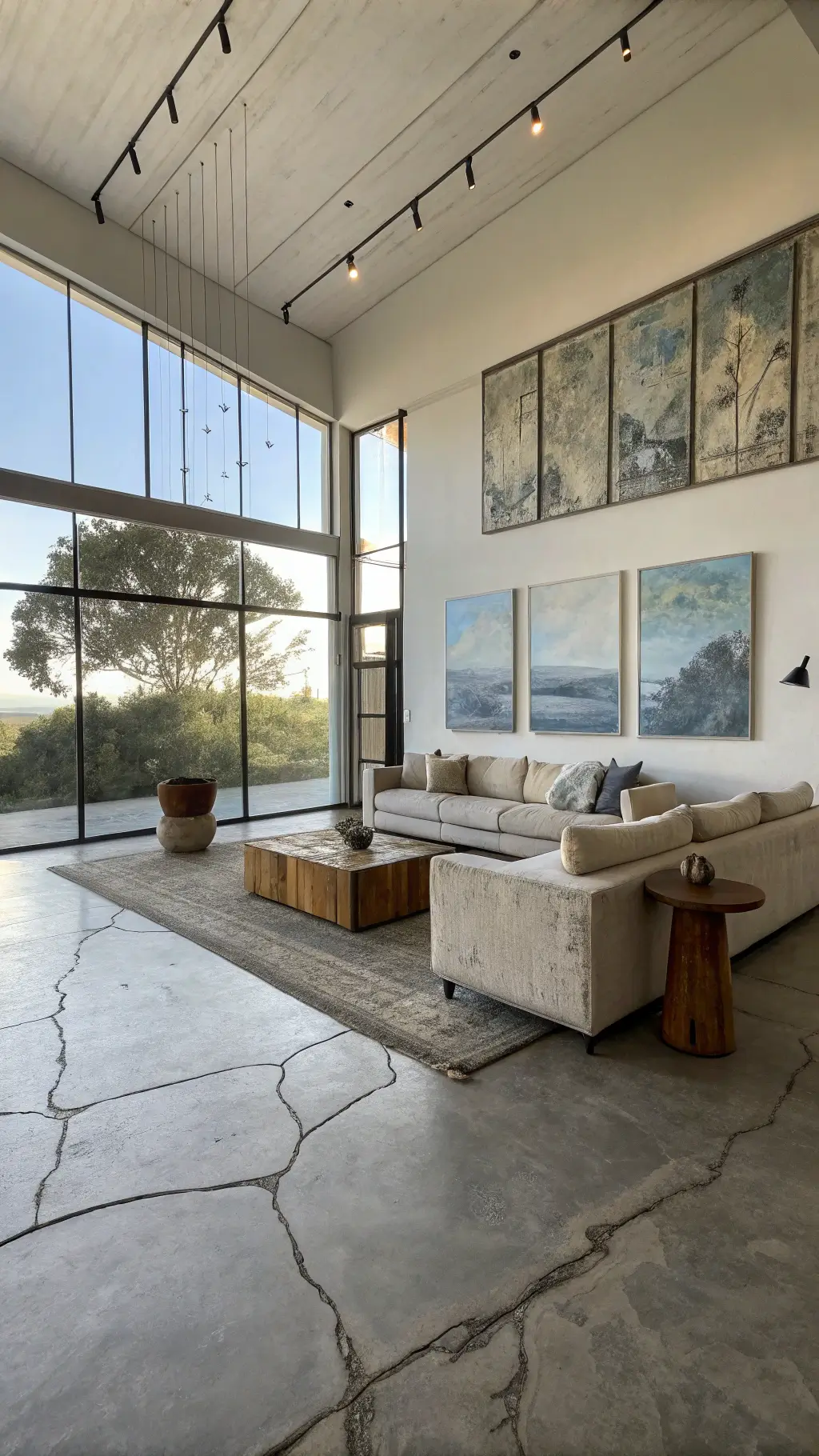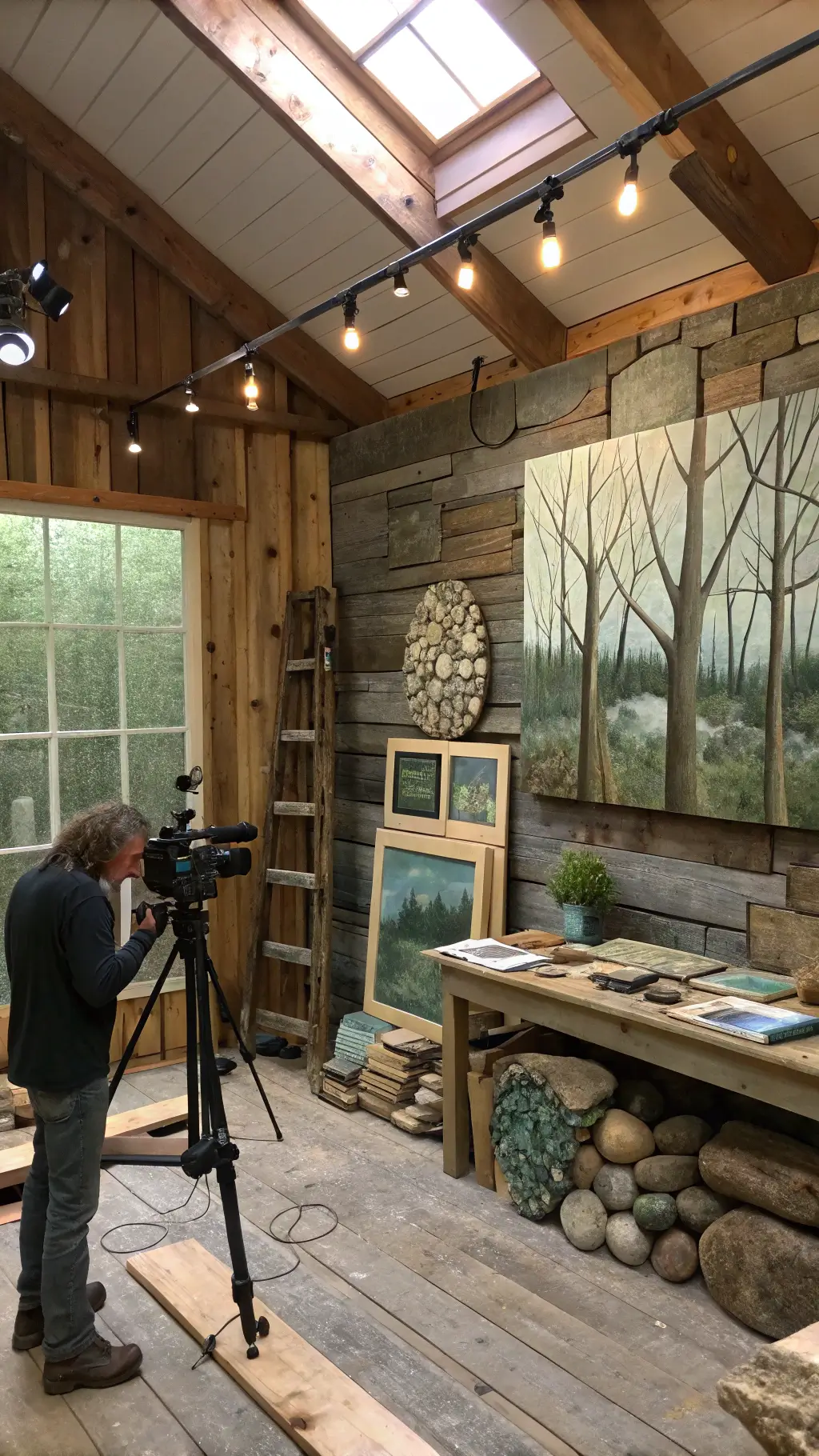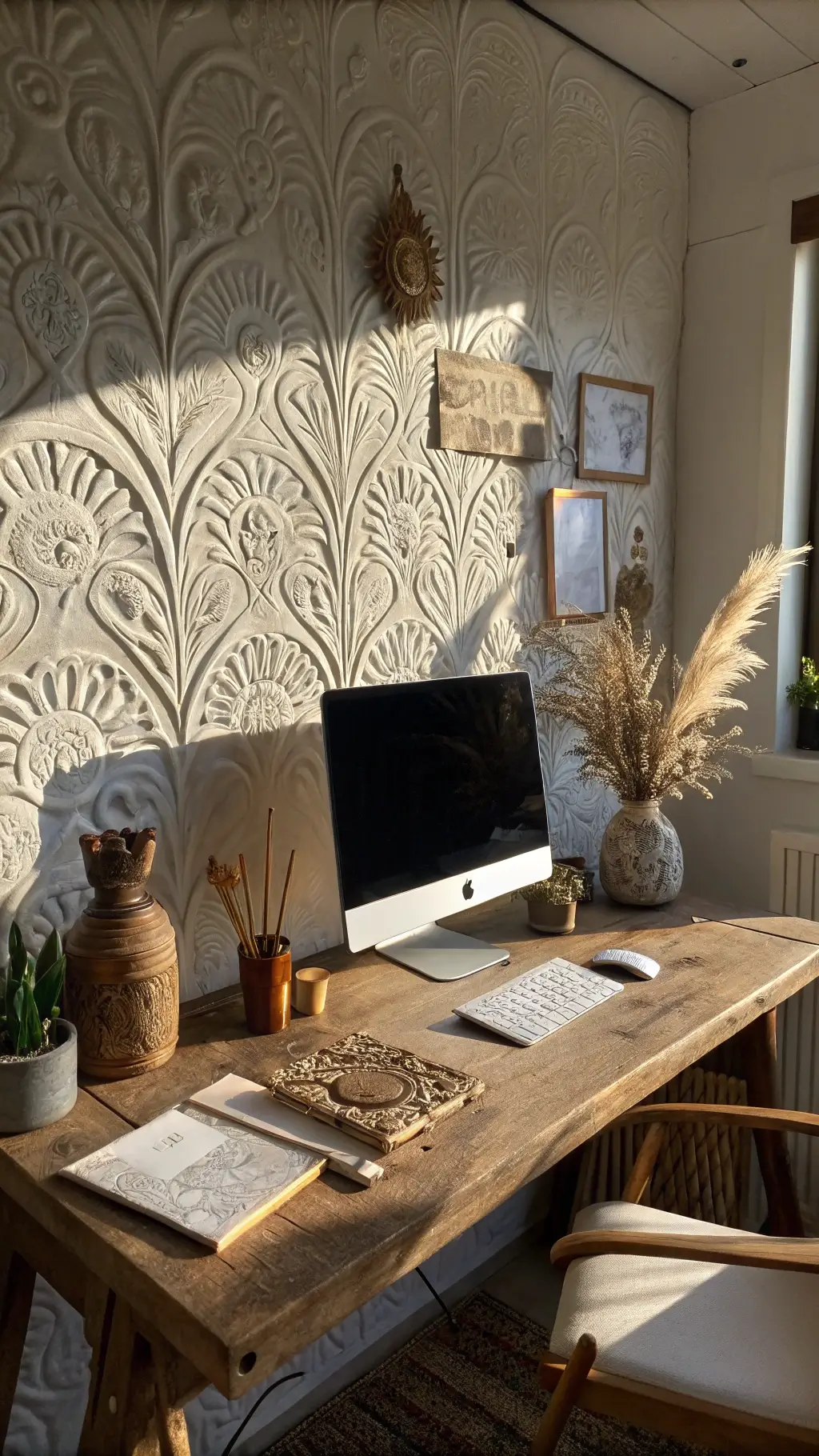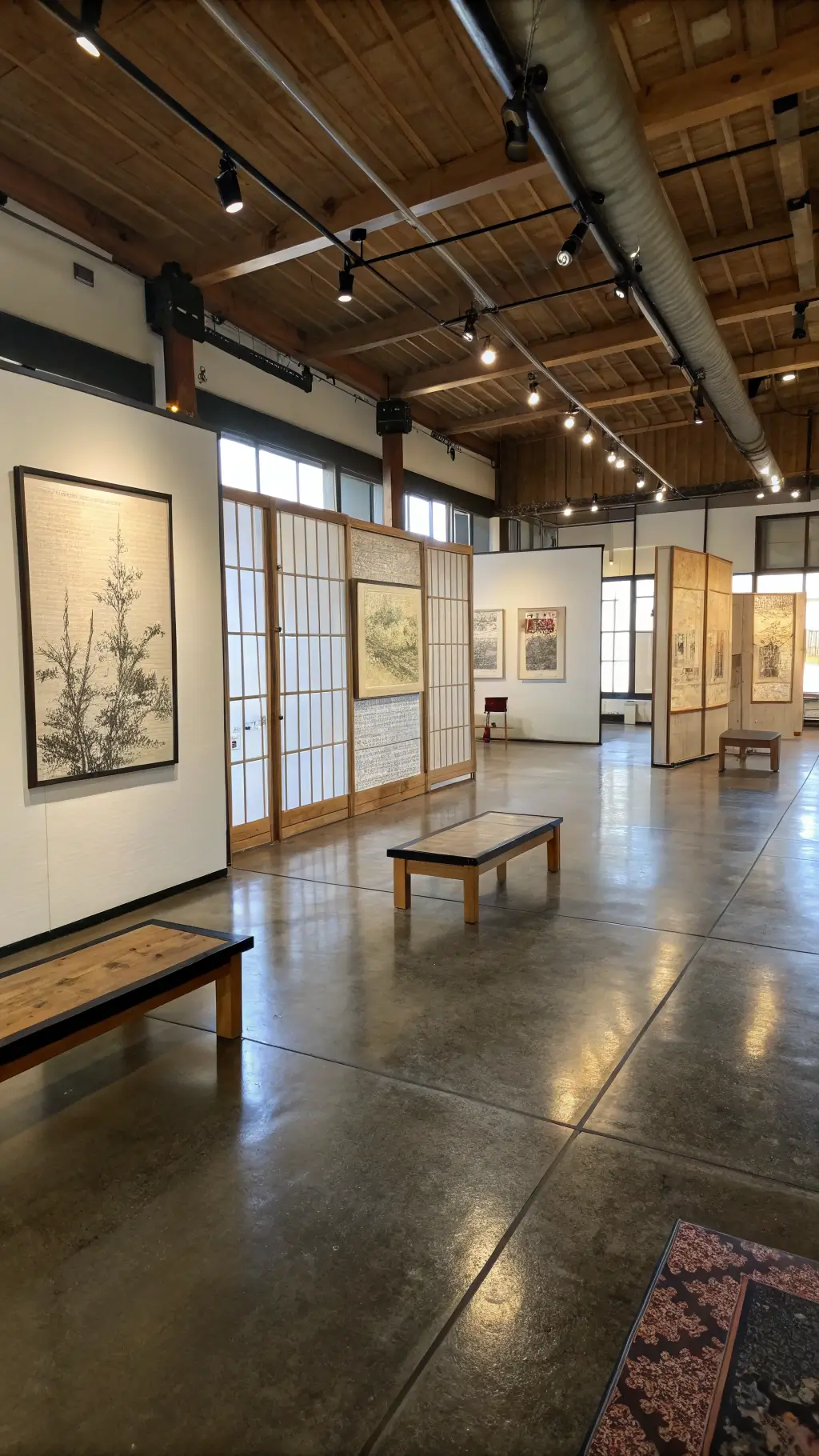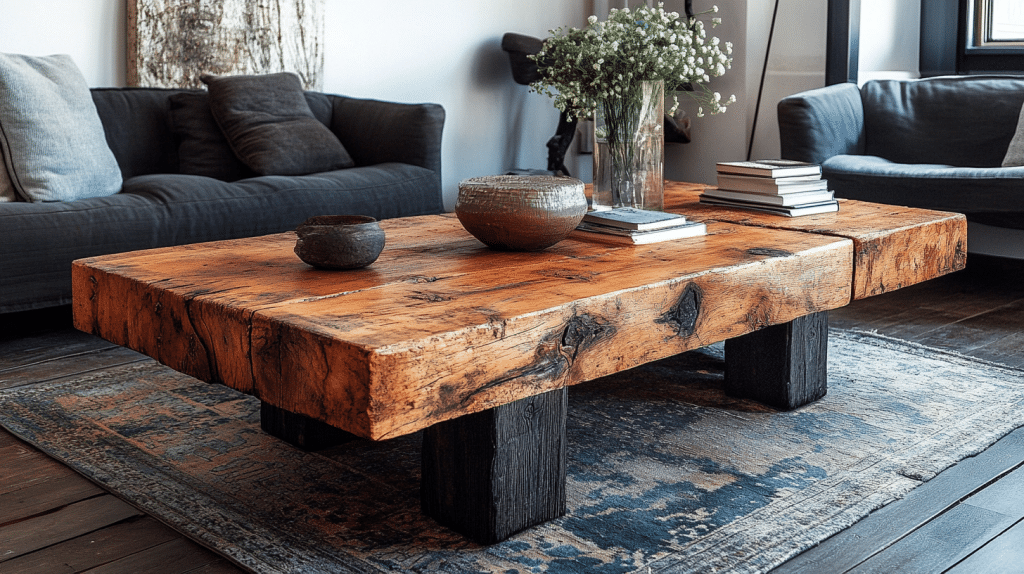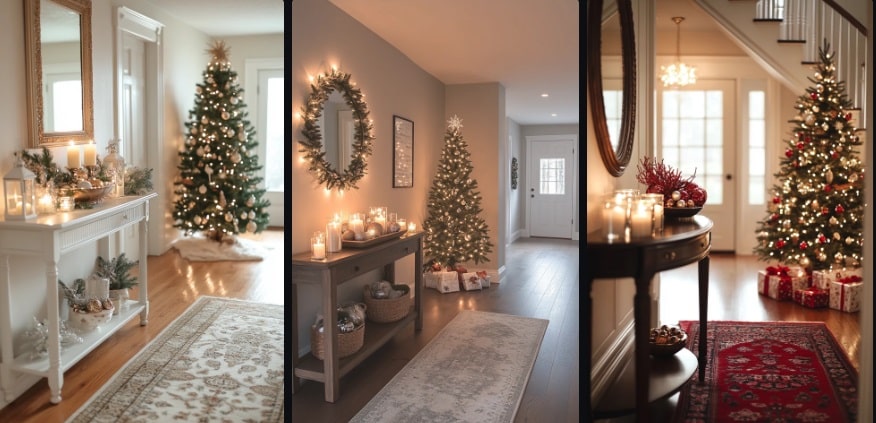Wabi Sabi Painting: Embracing Imperfection in Art
Painting is more than just putting color on canvas. It’s about telling a story through texture, emotion, and the beautiful accidents that happen when we let go of perfection.
What is Wabi Sabi Art?
Wabi sabi is a Japanese philosophy that finds profound beauty in imperfection, transience, and simplicity. In painting, this means:
- Celebrating uneven brushstrokes
- Welcoming unexpected textures
- Embracing asymmetry and incompleteness
- Connecting deeply with natural materials
Key Elements of Wabi Sabi Painting
1. Texture is Your Best Friend
Forget smooth, pristine surfaces. Wabi sabi painting thrives on:
- Rough modeling paste
- Sand mixed into paint
- Intentional cracks
- Natural materials embedded in the artwork
2. Color Palette: Whispers, Not Shouts
Choose colors that speak softly:
- Soft beiges
- Muted greens
- Faded blues
- Warm terracotta tones
Painting Techniques for the Wabi Sabi Artist
Tools Beyond Traditional Brushes
- Palette knives
- Your hands
- Found objects from nature
- Old, worn brushes
Pro Techniques
- Layer paint loosely
- Let colors bleed and pool naturally
- Press leaves or bark into wet paint
- Leave “imperfections” exposed
Creating Your First Wabi Sabi Piece
Step-by-Step Guide
- Choose a textured canvas or create texture with modeling paste
- Select a minimal, muted color palette
- Apply paint with non-traditional tools
- Incorporate natural elements
- Allow “mistakes” to become features
Mindset Matters
Wabi sabi is less about the final product and more about:
- Embracing the creative process
- Finding beauty in impermanence
- Letting go of perfectionism
- Connecting with materials
Inspiration Sources
- Nature walks
- Minimalist photography
- Japanese pottery
- Weathered landscapes
Common Mistakes to Avoid
- Overworking the painting
- Trying to make everything symmetrical
- Using bright, saturated colors
- Forcing a precise outcome
Materials You’ll Need
- Textured canvas
- Modeling paste
- Muted acrylic or watercolor paints
- Natural materials (leaves, bark, stones)
- Palette knives
- Unconventional painting tools
Final Thoughts
Wabi sabi painting isn’t about creating a perfect artwork. It’s about capturing a moment, embracing imperfection, and finding beauty in the unexpected.
Remember: Every crack, every uneven line, every subtle color shift tells a story. Your story.

